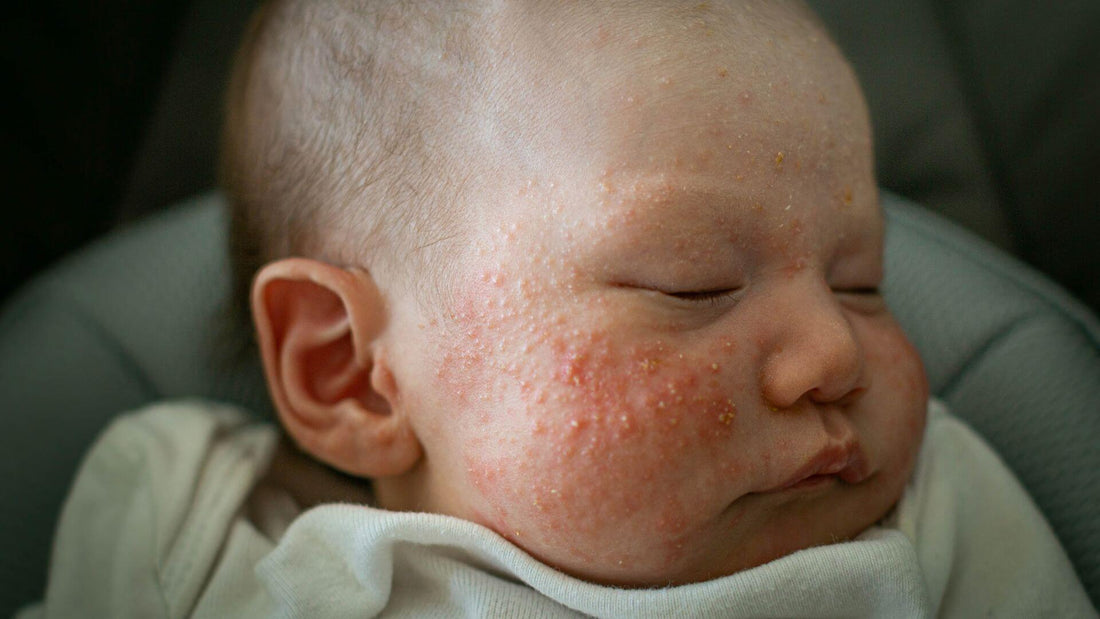Neonatal Acne: What It Is, How to Recognize It, How to Solve It
Introduction
Neonatal acne is a condition that can cause alarm in expectant and new mothers.
To help you understand how to recognize it and how to solve it , I created this article.
By reading it, you will find several valuable pieces of information for your daily life with your little one, advice that you can integrate with those in the video course on breastfeeding “Al Profumo di Latte” , conceived and curated by our midwife Maria Chiara Alvisi .
For timely tips on how to support your little one in his motor development and how to prevent problems such as neonatal colic, you can visit me on Instagram @drsilva.com_official .
How to recognize neonatal acne?
As highlighted in this video pill to Doctor Alvisi, neonatal acne is a physiological condition.
A benign condition that affects approximately one fifth of newborns , it requires focusing on some criteria that allow it to be recognized and distinguished, for example, from problematic conditions such as bacterial, viral or fungal infections, without forgetting atopic dermatitis.
Neonatal acne must also be distinguished from the so-called milia - technically milia - which are different in that they are hard.
These are small white balls similar to cysts, completely benign, caused by a temporary retention of sebum at the skin level.
How to recognize newborn acne? First of all, remember that the main sign is the appearance of small pimples, characterized by the presence of a yellow, dot-like area in the center.
The most affected area of the body is the face .
The skin manifestation can be intense on the forehead, eyelids and chin.
The typical pimples of neonatal acne can also appear on the neck.
Neonatal acne , which is different from that of adolescents and adults due to the absence of comedones, rarely appears on the rest of the body.
Diagnosis requires simple observation by the doctor.

Neonatal Acne: What Causes It?
Neonatal acne, as already mentioned, is an absolutely physiological occurrence.
Why is he coming ?
Due to the baby's inability to eliminate the large amount of hormones, estrogen in particular, produced by the mother's body during pregnancy.
These hormones, among the main causes of tiredness during pregnancy during the third trimester, are synthesized during gestation and metabolized by the mother's liver.
After birth , hormones are present in the puppy's body through the placenta.
The little one, however, is not yet able to dispose of them properly.
This forces the sebaceous glands to do extra work.
The consequence? The inflammation of the hair follicles and the onset of small pimples typical of neonatal acne.

